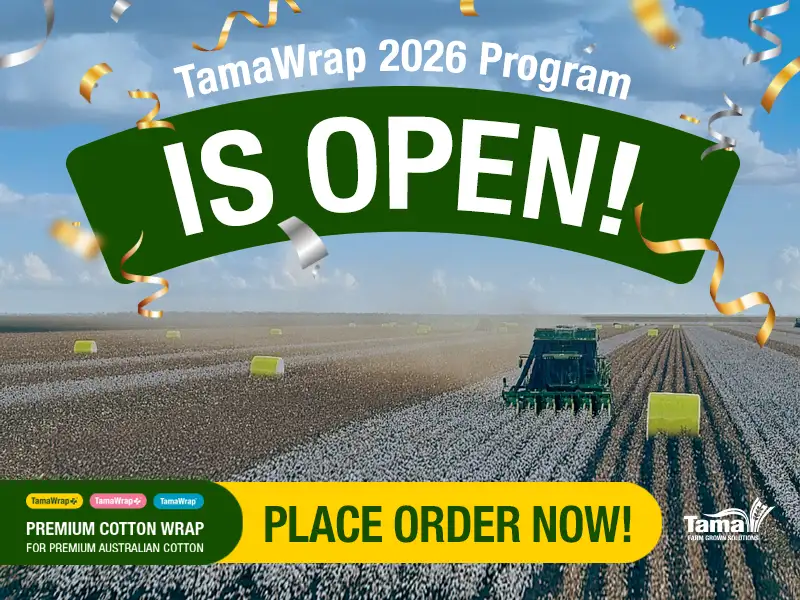Now Live! 2025 Baling Catalogue
Explore Tama’s full range of netwrap, twine, and stretch film - backed by local expertise.
Our Catalogue 🎁 Tama Rewards is Back for 2025
Earn points on eligible purchases and unlock exclusive rewards - just by baling with Tama.
Click here to get started 

 Tama Assist
Tama Assist 




